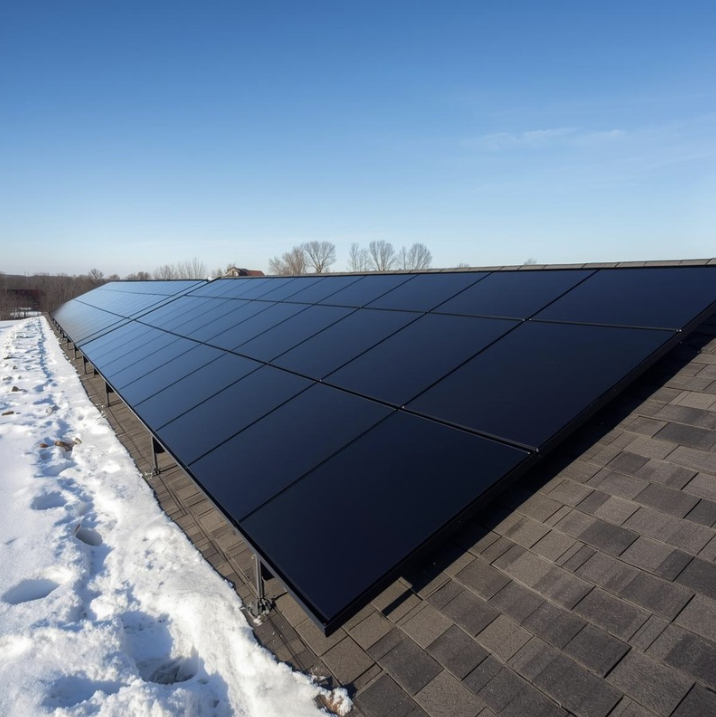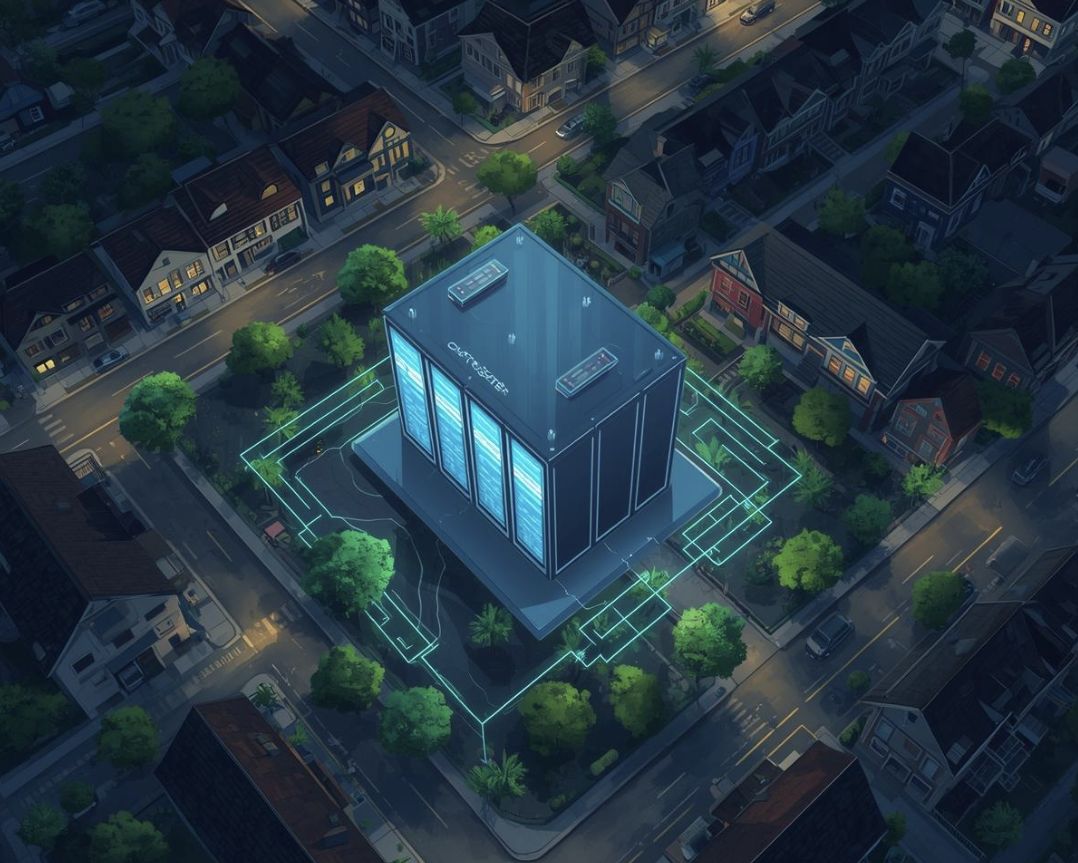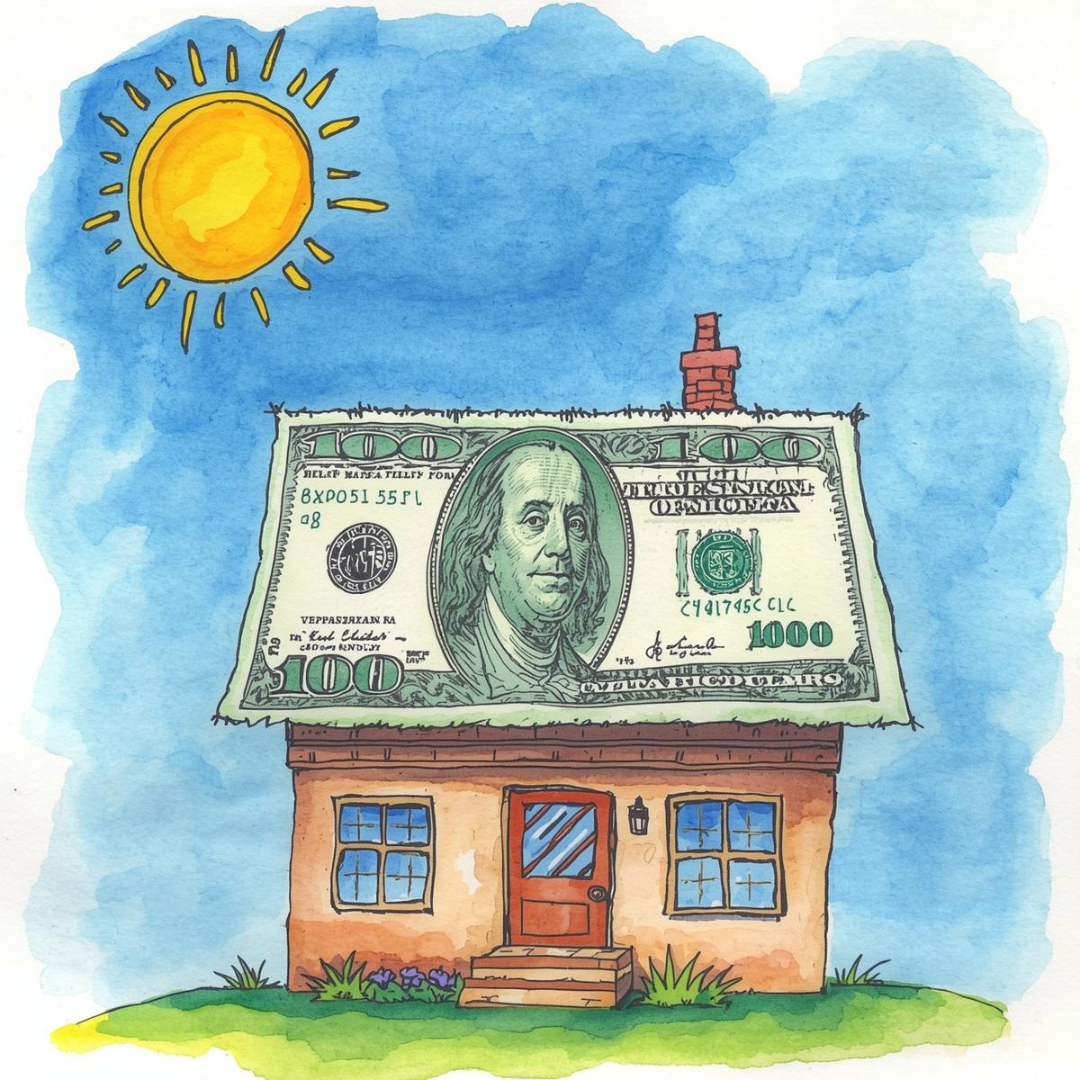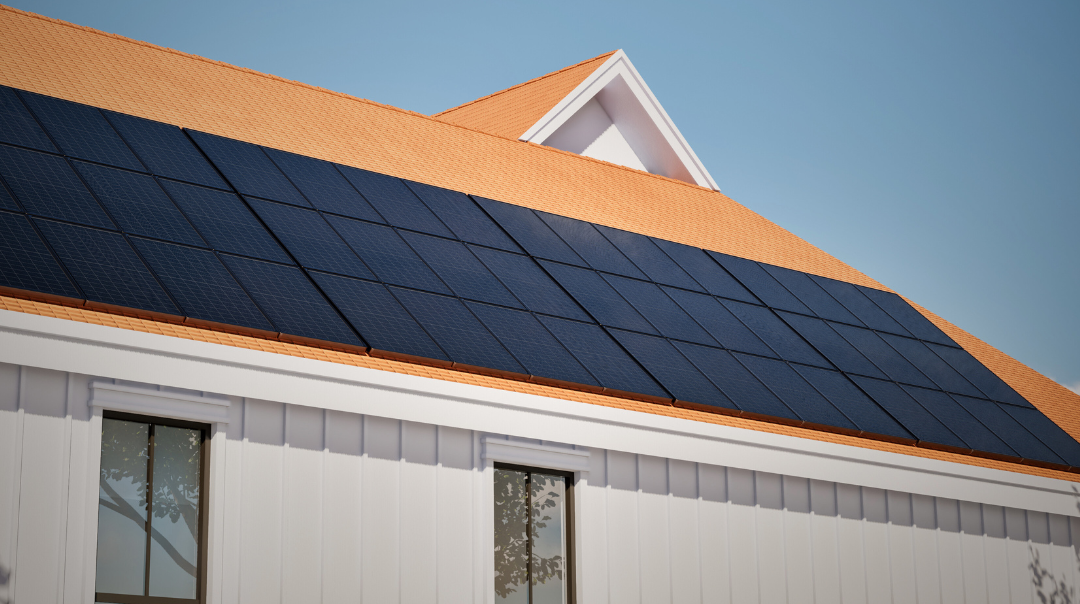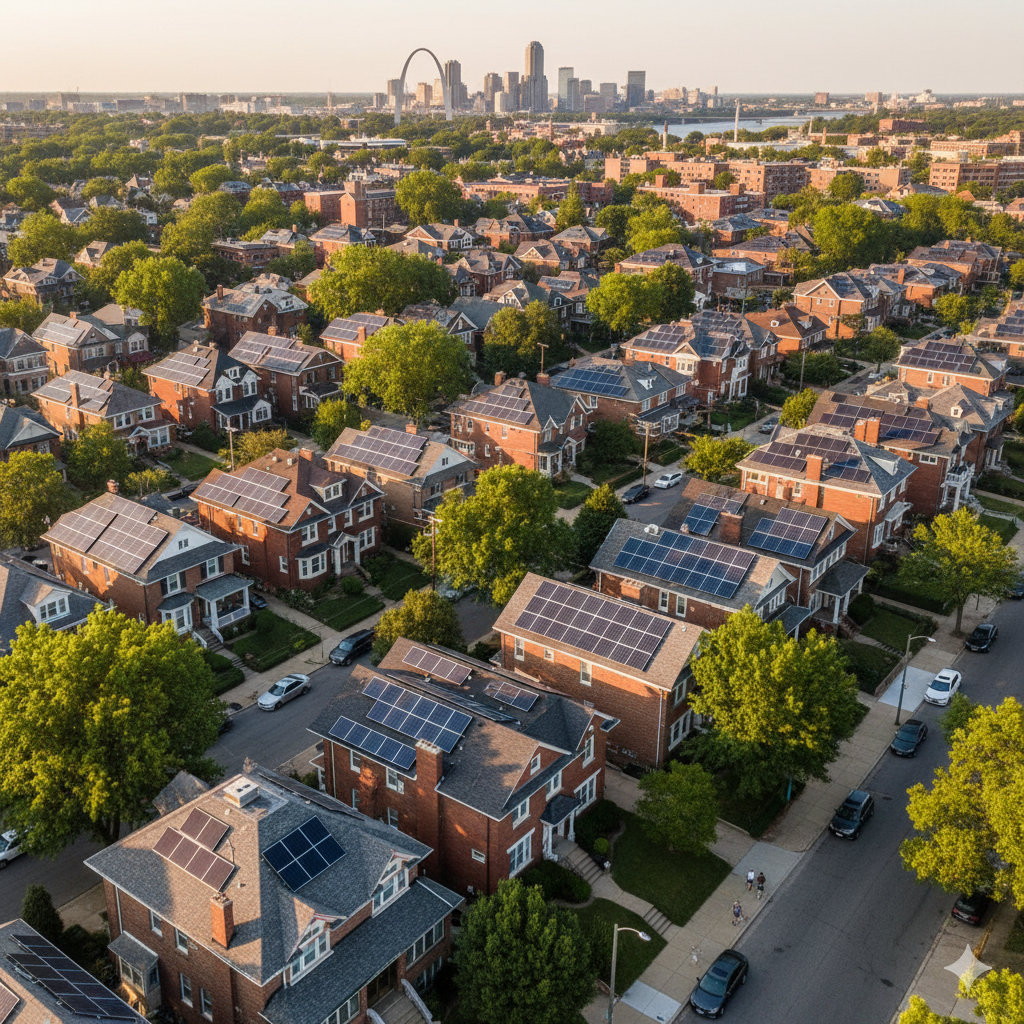Understanding Cost of Solar Panels in Southern Illinois
Illinois, known for its diverse landscapes and progressive energy policies, offers homeowners enticing opportunities to embrace solar power. That’s why our team of solar panel installation experts from SunSent Solar has collected this helpful guide about the cost of solar panels in Illinois here so you can make an informed decision about your energy future.
What is the Cost of Solar Panels in Southern Illinois?
Understanding the cost of solar panels in Illinois is crucial for anyone considering a solar energy system. In the state, the average cost of solar installation ranges from $13,600-18,400. However, the cost is influenced by a wide variety of factors such as equipment quality, system size, the available incentives, and how complicated it is to install your new solar panel system.
It’s important to note that on a cost-per-watt ($/W) basis, solar installation in Illinois will often range from $2.72-3.29 per watt. That’s why it’s so important to perform a thorough assessment of your energy requirements and budgetary restraints to the choose perfect system size and configuration for your property.
What’s the Best Kind of Solar Panel System for Me?
Choosing the right solar panel system involves considering various factors such as efficiency, durability, warranties, and aesthetics. Thankfully, there is a range of different high-quality solar panels and styles to choose from, and you can also customize your system with monitoring tools, inverters, specialized racking systems, batteries, and more.
Keep in mind that although efficient solar panels may have higher upfront costs, they’ll maximize your energy production, especially in lower sunlight areas like Illinois.
How Much Solar Energy Can I Get in Southern Illinois?
Illinois receives slightly below-average sunshine compared to sunnier states, which of course, impacts solar energy production levels. However, with the right solar system design and panel coverage, harnessing the proper amount of solar energy to meet your electricity needs is easy.
Factors such as shading your home’s tilt angle, the way your solar panels are oriented, and weather conditions play a role in determining your overall solar energy output. However, Sunsent Solar utilizes advanced modeling tools to assess your property's solar potential and optimize system performance accordingly.
Are there Any Solar Rebates & Incentives Available in Southern Illinois?
Illinois offers several incentives to encourage solar adoption and promote renewable energy use such as:
· Solar Renewable Energy Credits (SRECs): By generating solar energy, you can earn SRECs, which can be sold to utilities or other entities to further offset your solar installation costs.
· Property Tax Exemptions: Some areas in Illinois offer property tax incentives for installing solar panels, reducing the overall cost of ownership.
· Federal Investment Tax Credit (ITC): The ITC allows homeowners and businesses to deduct 30% of the total solar system cost from their federal taxes, reducing the upfront investment.
· Net Metering: Net metering allows solar system owners to receive credits for excess electricity generated and exported to the grid to offset energy bills down the road.
Why Choose SunSent Solar?
Sunsent Solar combines industry expertise, top-quality equipment, and exceptional customer service to ensure a seamless residential solar panel installation experience. From the initial consultation and system design to the installation process, we prioritize customer satisfaction and long-term energy savings.
Learn more by contacting us online today to get a quote.
